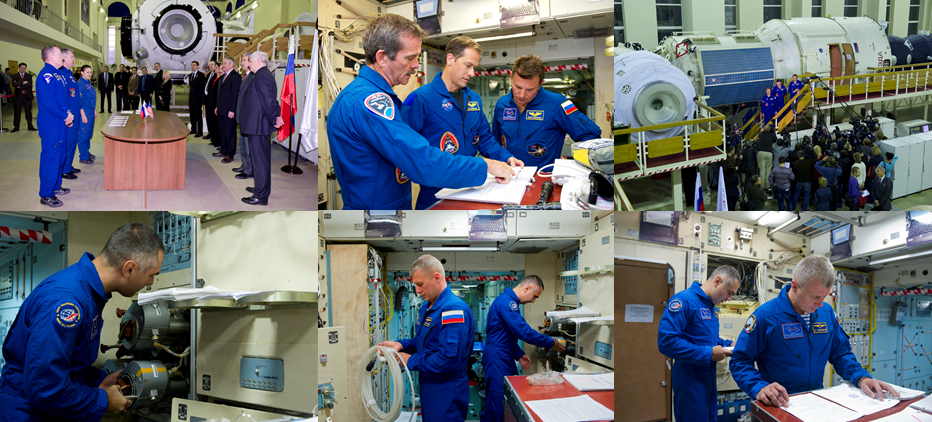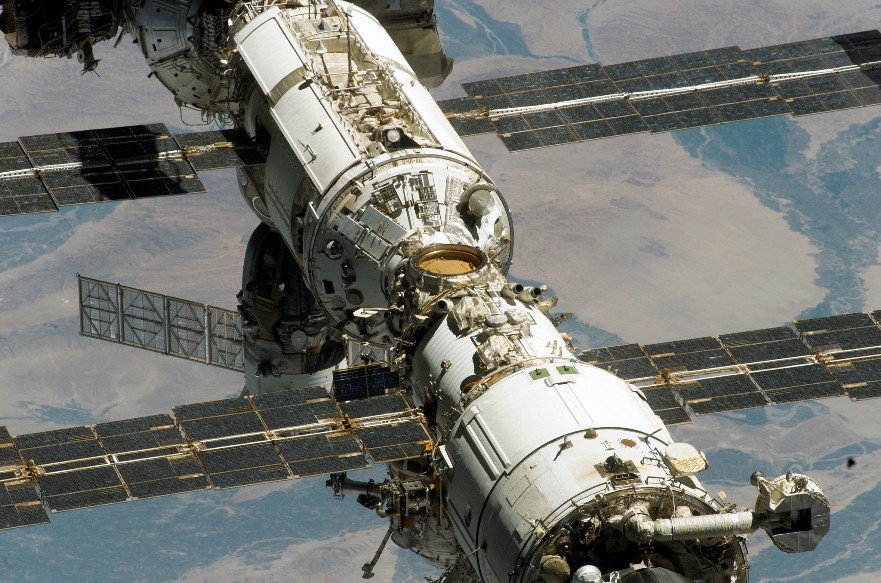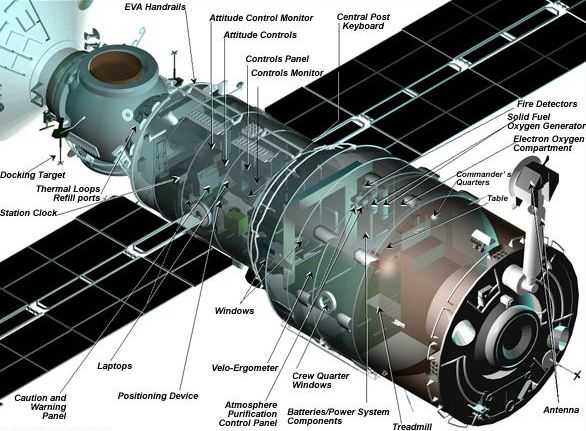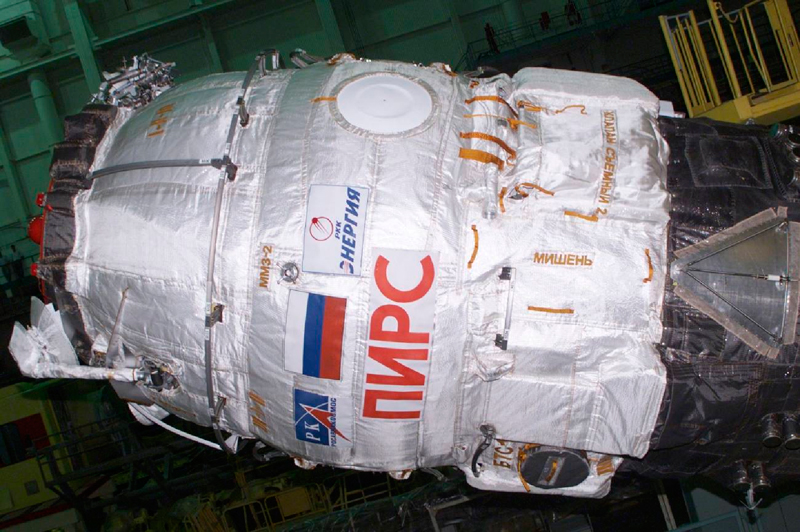Russian segment of International Space Station

All these trainers are located in Yu. Gagarin Russian Cosmonaut training base.
RS ISS mock-ups/trainers are intended to train crews’ skills and ground personnel to control and maintain RS ISS systems and payloads in nominal and off-nominal situations, participate in ISS multi-segment operations, as well as comply with safety requirements during crews’ daily operations on board the ISS.

First module of the ISS to launch was FGB (Functional-cargo block). It was launched by Russian “Proton” rocket in 20 November 1998. The module was built in Russia, Moscow according to the contract agreement with Boeing. At this point of ISS building, the FGB provides power, communication, propellant receiving, storage and transfer.
-
On-orbit mass – 20260 kg;
-
Length – 12.9 meters;
-
Max diameter – 4.1 meter;
-
Volume of pressurized area – 71.5 m3;
-
Solar arrays length – 24.4 meters;
-
Daily power produced – 3 кW, 28V;
-
Power transferred to USOS – up to 2kW.
FGB module consists of instrumentation-cargo compartment (ICC) and pressurized adapter (PA) with a number of systems. PA allows physical connection with other modules as well as visiting vehicles. On the outer surface of the PA there is a mechanical hub intended to be grabbed by shuttle’s arm. Inner volume of the module is split in to two areas: instrumentation and habitation. Nowadays, FGB is full of cargo and is used as a storage area at most.
Transfer compartment makes the crew go into other modules docked to the SM. Also, it makes possible to perform extravehicular activities from it.

-
On-orbit mass – 20.2 tons;
-
Length – 13.1 meters;
-
Max diameter – 4.35 meters;
-
Volume of pressurized area – 89.0 m3;
-
Working area for the crew – 46.7 m3;
-
Max crew to live – 6;
-
Solar arrays length – 29.73 meters;
-
Service life – 15 years.
MRM-1 and MRM-2 are research modules with 6 and 4 meters long. Their main purposes are to locate science equipment, serve as a docking hub for visiting vehicles and propellant transfer to FGB. These modules can also serve as air-locks for EVAs to go into space.
 Docking compartment DC-1 was launched 15 September 2001 and was docked to the RS ISS 17 September 2001. It can be served as an air-lock for EVA and as a docking hub for Russian visiting vehicles. It can pose as a propellant transfer hub to the FGB.
Docking compartment DC-1 was launched 15 September 2001 and was docked to the RS ISS 17 September 2001. It can be served as an air-lock for EVA and as a docking hub for Russian visiting vehicles. It can pose as a propellant transfer hub to the FGB.